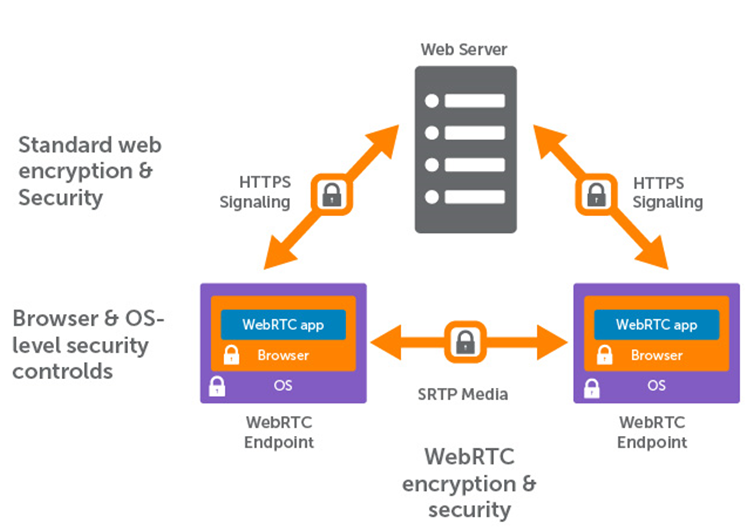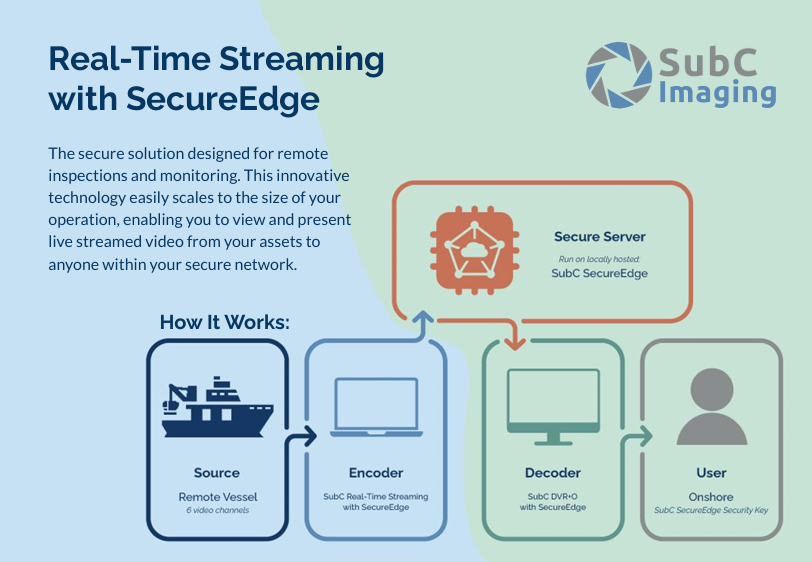Data Security and Streaming
Cloud: Situational Awareness - RealTime WebRTC
Unlike other VoIP and video conferencing technologies, encryption is mandated in WebRTC. To send video, voice, or data between two peers in WebRTC, the information must be encrypted with Secure Real-time Transport Protocol (SRTP). SRTP encrypts the session, so no one can decode the message without the proper encryption keys.
Additionally, the WebRTC specifications mandate secure setup of the encryption channel to make it difficult to obtain the WebRTC encryption keys. To prevent the possibility of data getting unencrypted by a third party, the WebRTC specifications mandate the use of DTLY-SRTP where keys are exchanged directly between peers on the media plane.
Lastly, WebRTC requires a secure connection between the web server that handles signaling and the peer client. This helps to keep the information in that signaling channel secure and makes it more difficult for an attacker to act as a man-in-the-middle and quietly take over the session. Signaling is secured using the HTTPS protocol – the same one most websites now use.

Cloud: Deliverable Quality - Smooth SRT
The SRT protocol is extremely secure. It uses the same 128/256-bit AES encryption trusted by governments and organizations around the world, SRT ensures that valuable content is protected end-to-end from contribution to distribution so that no unauthorized parties can listen.
Internal Network: SecureEdge
For situations where control over data security is of highest importance, SubC has developed Edge Secure Server Capability.

